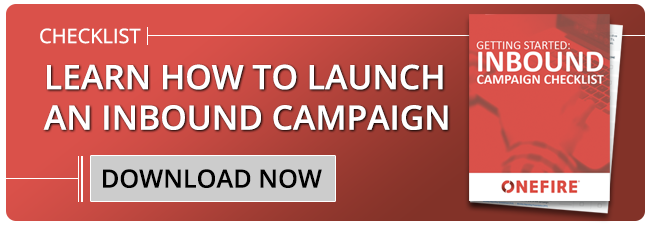
Traditionally, advertising focused on interrupting an audience and grabbing its attention. It capitalized on the built-in viewers watching television, reading magazines and sitting on buses.
Advertising is not dead. Businesses still spend thousands or even millions annually to put on 30-second spots or buy full-page ads. But consumers have changed, and the messages they trust have changed dramatically even within the last decade. That is where content marketing comes in to play.
What is Content Marketing?
There is traditional advertising, there is content marketing, and then there are crossovers. Content marketing aims to create valuable information that someone will want to put to use and share with others. It comes in the form of infographics, videos, blog posts, how-tos and podcasts. Traditional advertising has started modeling itself after content marketing by sponsoring well-known bloggers, YouTube stars and social media users to give their products reviews, or even publishing traditional ads that look like a content marketing piece.
Content marketing is also referred to as "inbound marketing," meaning useful content earns visitors and clients by drawing them in with quality.
According to Inbound sales and marketing platform Hubspot:
"Inbound campaigns achieve higher ROI than outbound. This holds true across different company sizes and budgets… Every company [HubSpot] surveyed—regardless of marketing spend—was three times as likely to see a higher ROI on inbound marketing campaigns than on outbound.”
This means that as companies see the value in content marketing, the shift from traditional marketing to inbound marketing will continue to grow.
Content Marketing and Advertising
When it comes to marketing, the best results don't come from an all-or-nothing approach. There is still room for traditional advertising, and it has the potential to take content marketing much farther than it would on its own.
You can be creating phenomenal content, but it needs to be targeted to an audience to gain traction. Even if you're doing this on social media, you can buy ad space, boost posts or select specific age groups and locations to receive your message. This is the content/advertising sweet spot: using outbound and inbound marketing in synchronicity to create the best possible approach.
This is best seen in brand storytelling, or getting to the heart and soul of a business. This is where brands take the spirit of what they're offering and blend it with quality content, all centered on actual people and stories. Kleenex did this with their "Messages of Care" videos, a series focused on thanking people who give back to their communities and families. Air Wick recreated the scent of home for a military dad. And Dove has been telling stories with their real beauty campaigns for years, like this video about mothers' self-esteem legacies on their daughters.
The Future of Content Marketing
Can content marketing replace advertising? Sure, companies could trade one for the other. Content marketing is absolutely effective in the age of mobile devices, where consumers have unlimited information at their fingertips. But in order for it to work to its full potential, a content marketing strategy needs to be built on the bones of solid advertising: targeted audience appeal, strategic time and place, attention-grabbing and an understanding of what people want and need at this time. Quality content that can also master the basics of good advertising will have a much greater impact on their audiences overall, and will continue to play a major role in the digital era.




